A new medication will reduce the need for blood transfusions in thalassemia patients, and ultimately improve bone-marrow transplant outcomes, meaning there is a cure for almost any patient, according to an expert from top U.S. hospital Cleveland Clinic, speaking ahead of World Thalassemia Day.
Thalassemia is a debilitating and potentially fatal genetic disease where the body makes an abnormal form or inadequate amount of hemoglobin – the protein in red blood cells that carries oxygen – and patients need frequent blood transfusions. It is the most common inherited single-gene disorder in the world and occurs most frequently in people from the Middle East, Mediterranean countries, North Africa, India, Central Asia, and Southeast Asia.
Rabi Hanna M.D., Director of Pediatric Blood & Marrow Transplants at Cleveland Clinic Children’s, says: “We are excited about the new drug, which was approved by the FDA towards the end of last year, as it is the first medication to treat thalassemia directly. It can help reduce the need for blood transfusions and improve patients’ symptoms.. Consequently, it reduces the risk of blood transfusion reactions, as well as the risk of iron overload, which can damage organs such as the heart and liver in the long term.”
The new drug is a first-in-class medication that enhances erythroid (red blood cell) maturation and reduces the blood transfusion burden, and is given in the form of an injection every three weeks. According to Dr. Hanna, a clinical trial called BELIEVE has shown that it can reduce the need for blood transfusions by up to 50% in some patients.
He adds that while the drug is not in itself a cure, it can enhance outcomes in curative bone marrow transplantations, which have also become more widely accessible in recent years thanks to a new transplant approach. Dr. Hanna was among the pioneers of the haplo-identical bone marrow transplant that allows for non-identical-HLA (human leukocyte antigen) donors, and which he performed successfully on a young Emirati patient in 2016.
He explains that the reduction in blood transfusions means the patient has better health prior to the procedure, and also has fewer antibodies that could potentially attack transplanted bone marrow.
“Between the improved overall pre-transplant health from taking the medication, and the new approach we take to bone-marrow transplants, almost any patient can be cured,” he says.
Whereas previously only 25% of thalassemia patients could find a match for bone marrow donation, with the newer method, the donated cells only need to match half of the recipient’s important genes. This has broadened the scope of possible donors tremendously so that almost every child or young adult will have a suitable donor, such as a parent, half-sibling or other relative.
In addition, the approach uses a reduced-intensity conditioning and post-operative protocol. Patients receive low doses of chemotherapy and immuno-suppressant medication before and after the transplant, and the risks and side effects of the operation are minimal.
Transplant success story
Among the first patients to receive the newer type of transplant was Dubai-based Emirati Hussein Alblooshi, with the assistance of the UAE government and Cleveland Clinic’s Global Patient Services team. Around 8.5% of Emiratis are believed to be carriers of thalassemia genes.
The operation was performed by Dr. Hanna and his team at Cleveland Clinic in the United States, with bone marrow donated by Ablooshi’s brother, Suhail.
The transplant successfully cured Ablooshi’s thalassemia and he no longer takes medication and does not need any blood transfusions. Now 18 and a student at a Dubai college, he is keen to spread awareness about the cure, having visited a thalassemia centre in Dubai earlier this year to talk to patients about the procedure and what it entails.
“I want to spread the message of hope that there is a cure to all of those going through what I went through – constant tiredness, painful blood transfusions, waking up at night to take medication, and all the other disruptive effects. I live a completely normal life now, and want to let others know they can too,” he says.
Dr. Hanna adds: “It has been wonderful to keep in touch with Hussein and his family and hear about his progress and his advocacy. He had the procedure a few years ago, before the new medication was approved by the FDA, so the treatment journey is even better for patients now.”
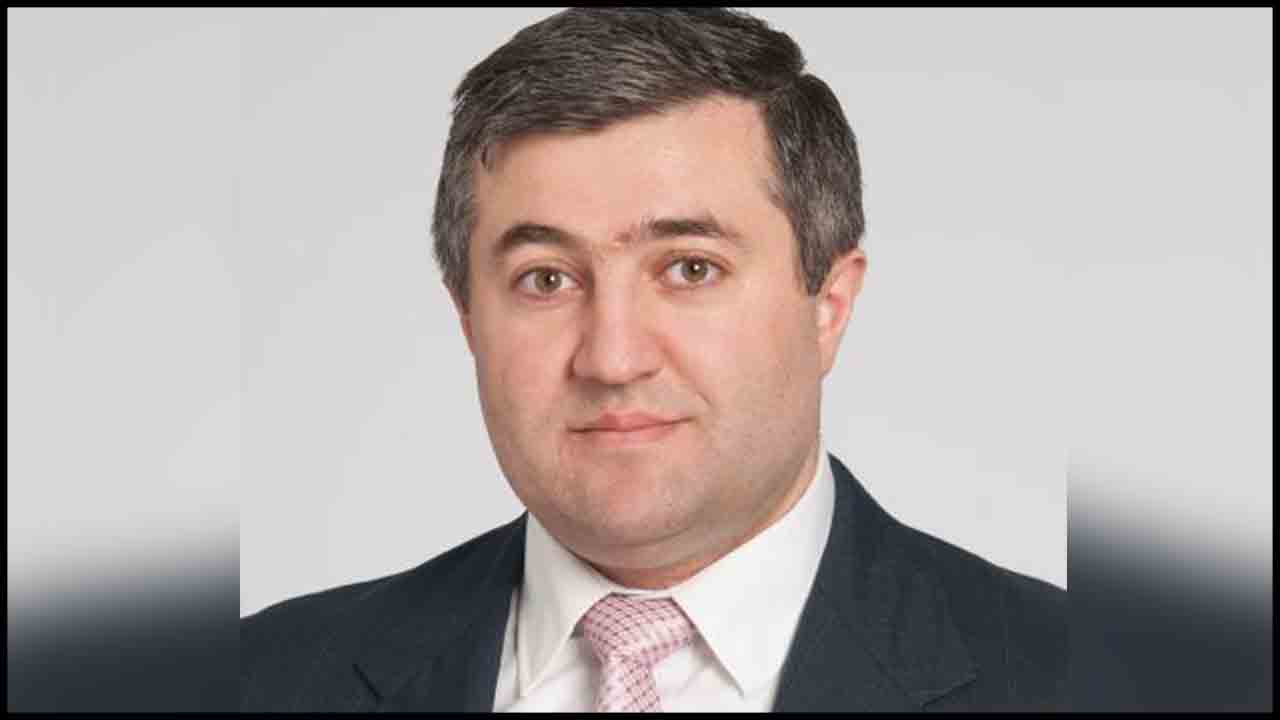
 Combination of newly approved medication and improved surgery options mean a cure for almost all young people, says expert ahead of World Thalassemia Day on May 8
Combination of newly approved medication and improved surgery options mean a cure for almost all young people, says expert ahead of World Thalassemia Day on May 8






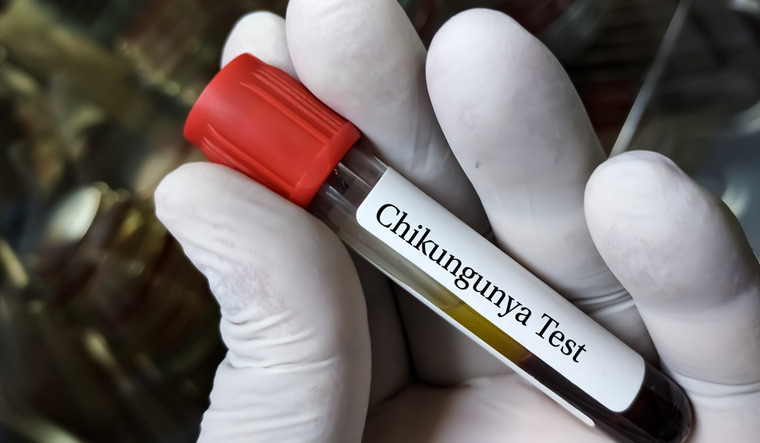
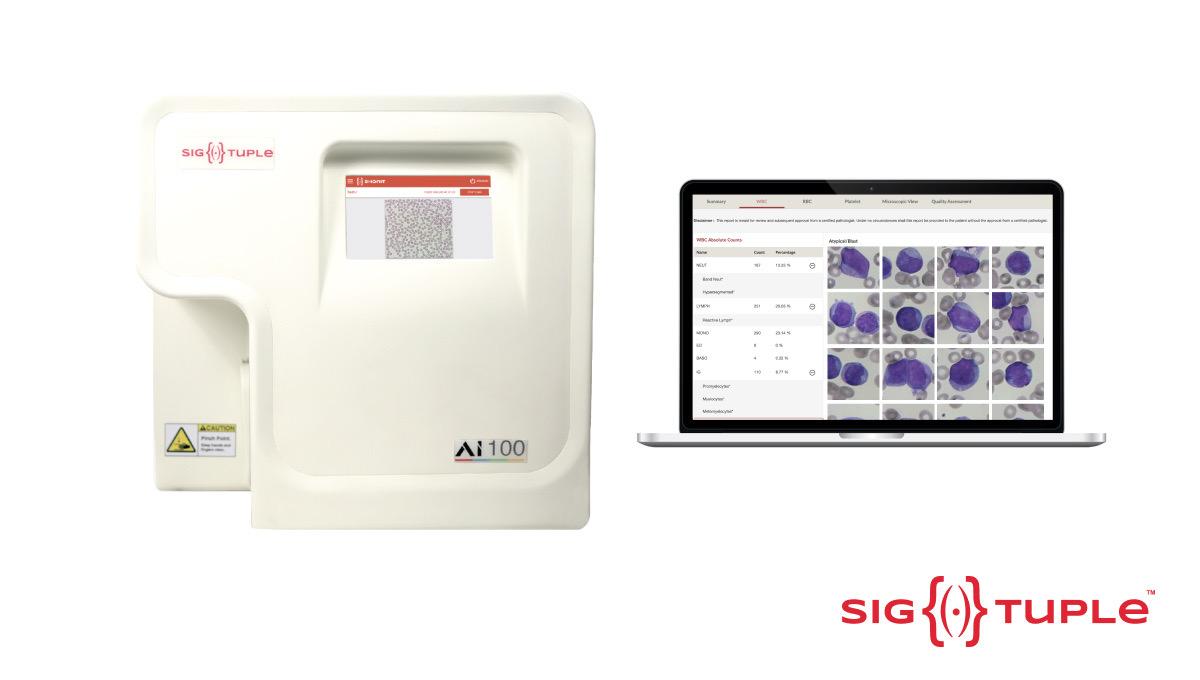



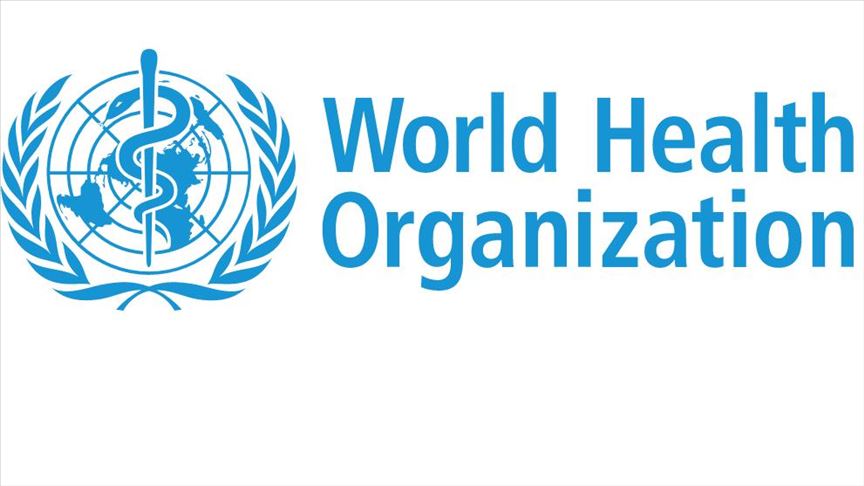


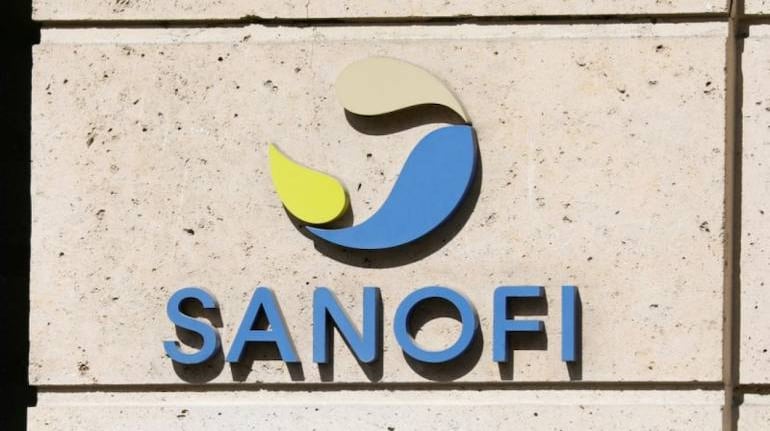
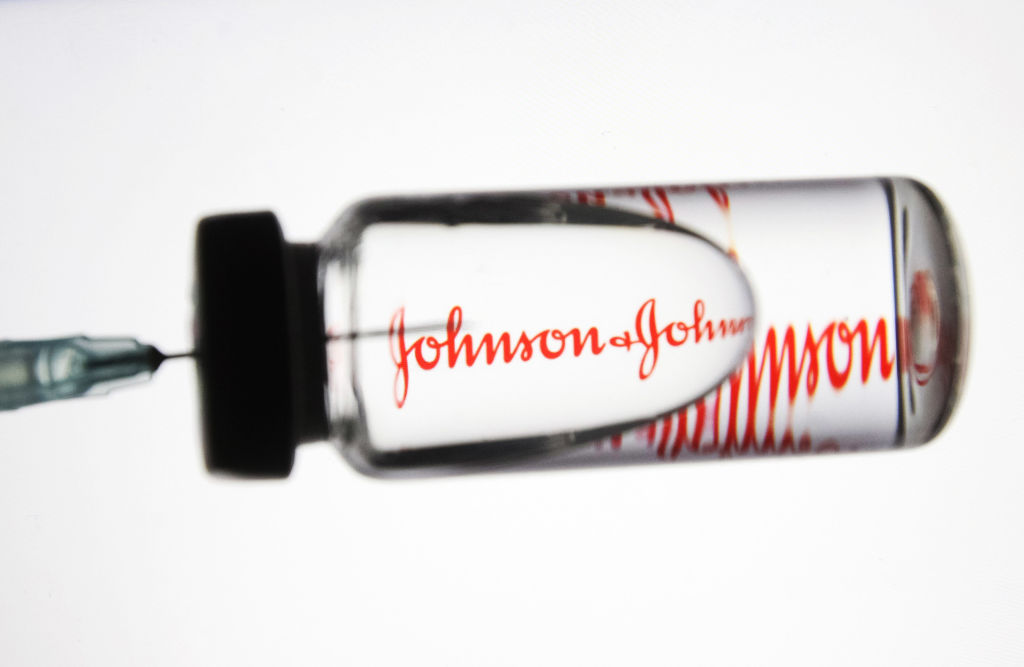





.jpeg)



















.jpg)
.jpeg)